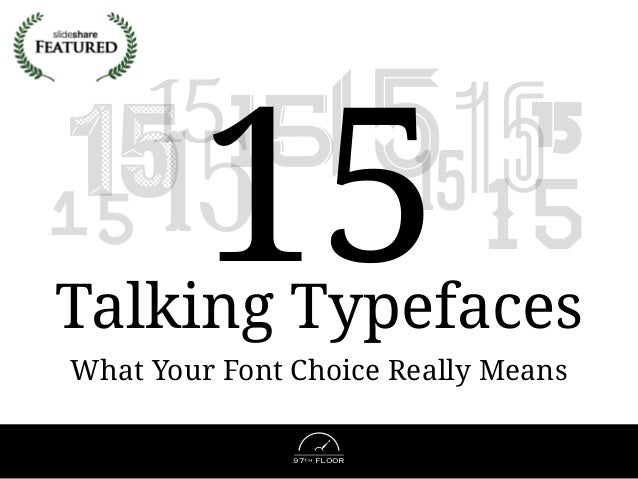

Kaspar, K., Wehlitz, T., von Knobelsdorff, S., Wulf, T., & von Saldern, M.Does your company have the right logo? How and why circular-and angular-logo shapes influence brand attribute judgments. Transportation Research Record, 1605(1), 73-79. Effects of font and capitalization on legibility of guide signs. Electronic-Publishing-Chichester, 6, 241-241. Performance differences between Times and Helvetica in a reading task. A spreading-activation theory of semantic processing. Advertising and Promotion Research, 2(2), 25-52. The effect of typeface on advertising and brand evaluations: The role of semantic congruence. The rhetoric of typography: The persona of typeface and text. They can also feel aspirational (Choi & Kang, 2013) and luxurious (Van Rompay, De Vries, Bontekoe, & Tanja- Dijkstra, 2012). Tall fonts convey lightness and quickness. Short fonts can make products feel durable and immovable. Horizontal orientation, for instance, could suggest ‘heaviness’, ‘solidity’, but also ‘inertia’, ‘self-satisfaction’ (Choi & Kang, 2013, p. The meaning potential of horizontality and verticality is ultimately based on our experience of gravity, and of walking upright. Short fonts are closer to the ground, so they feel more stable. Short Fonts Convey Heaviness and Stabilityįont height resembles gravity. Medium weights were most readable (Luckiesh & Moss, 1940). Researchers displayed the word “Memphis” in different font weights to determine the optimal readability.

148)īold fonts also seem masculine because of their resemblance to a bulky stature (Lieven et al., 2015). It may be made to mean ‘domineering’, ‘overbearing’. Boldness may have a more negative meaning. 208) Bold Fonts Are Powerful and Masculineīold fonts seem extreme: Bold can be made to mean ‘daring’, ‘assertive’, or ‘solid’ and ‘substantial’, for instance, and its opposite can be made to mean ‘timid’, or ‘insubstantial’. Seeing these traits in a font will activate your concept of beauty: Typefaces that are lighter in weight (in width and stroke thickness) are seen as delicate, gentle, and feminine, while heavier typefaces are strong, aggressive, and masculine. In most countries, the “standard” for beauty is tall and thin. You also experience spreading activation: Activating a concept will activate all concepts that are connected to it (Collins & Loftus, 1975). Spreading ActivationĪll concepts are connected to related concepts.įor example, your node for “toothpaste” is connected to floss, mouthwash, and everything else that you associate with toothpaste. If you want more details on the underlying mechanisms, you can refer to my book The Tangled Mind. That’s how fonts (and other stimuli) acquire meaning.
#Typeface meaning update#
Seeing a font (e.g., Fraktur) will activate its past meaning - including the semantic meaning (e.g., Nazi Germany) and emotional meaning (e.g., disgust).Īnd you constantly update fonts in your brain.

government since it is used by the IRS on tax forms. Lato supports all Latin alphabets, along with Cyrillic, Greek, and IPA.Fonts also activate past experience: The typeface Fraktur has many associations with Nazi Germany, and Helvetica is commonly associated with the U.S. Ĭarlito is a forked typeface which is very similar to Lato, it is released by Google with metrics compatible with Microsoft's Calibri typeface. Īfter Lato was added to Google Fonts it quickly gained popularity, becoming the third most used web font after Google's own Roboto and Open Sans, with over one billion views per day as of August 2018. When the bank changed its stylistic vision, he shelved the typeface, and released it later that year under the libre SIL Open Font License. Lato was created in 2010 for a Polish bank by Łukasz Dziedzic. It is the main font used on iCollege, Georgia State University's primary learning management system, and the official typeface of the Polish Government and the polish bank Bank Pekao. Lato has been used in various physical publications, including information signs and election campaign billboards. Īs of August 2018, Lato is used on more than 9.6 million websites, and is the third most served font on Google Fonts, with over one billion views per day. Lato is a humanist sans-serif typeface designed by Łukasz Dziedzic.


 0 kommentar(er)
0 kommentar(er)
